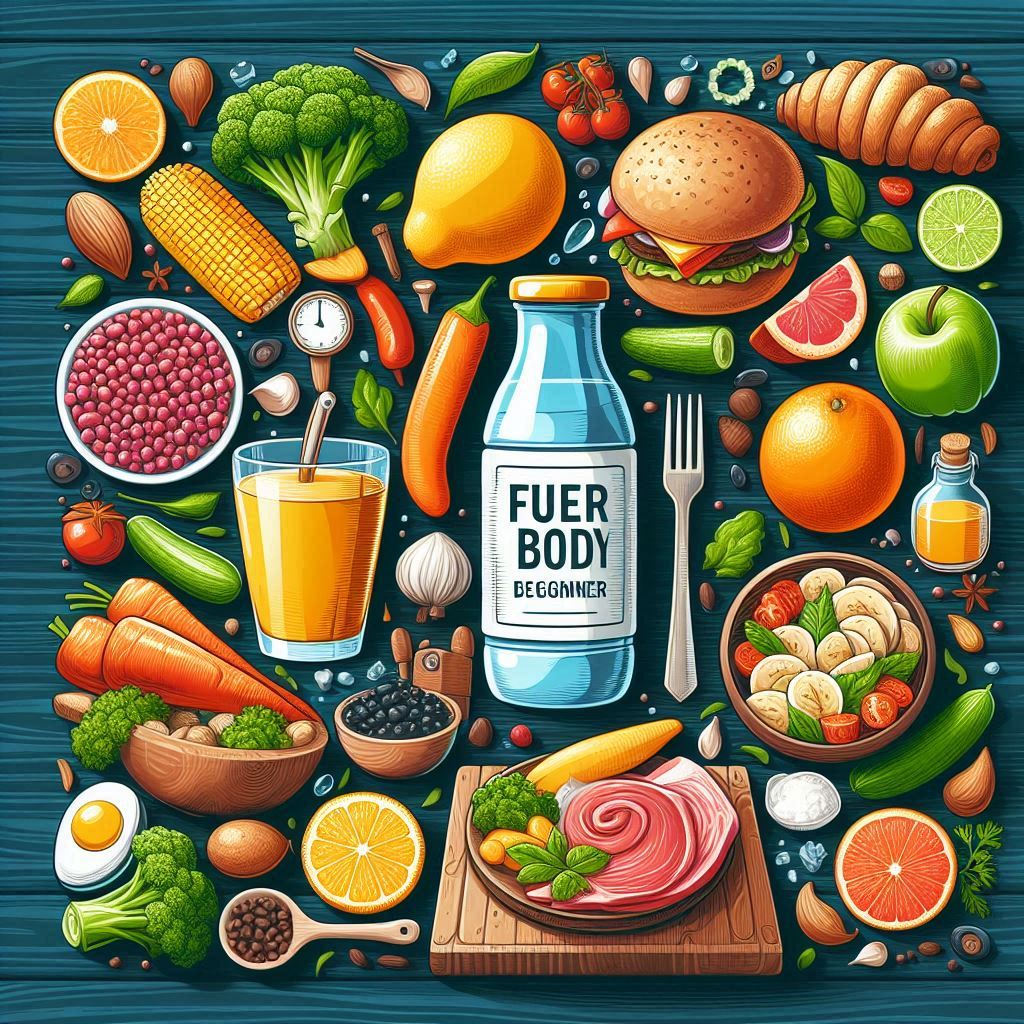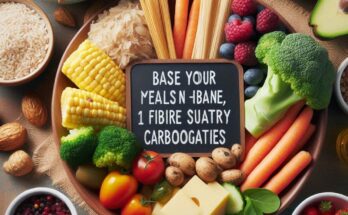Let’s talk about something that impacts every aspect of our lives: food and drink. It’s not just about sustenance; it’s about feeling good, having energy, and giving your body the tools it needs to thrive. So, let’s dive in!
Understanding the Basics
Imagine your body is a car. That fuel comes from the food you eat and the drinks you consume. Healthy eating and drinking is about providing your body with the best possible fuel.
What is Healthy Eating?
Healthy eating is about balance. It’s not about strict diets or depriving yourself. It’s about enjoying a variety of foods that nourish your body. Think of your plate as a colorful garden: you want a mix of fruits, vegetables, whole grains, lean proteins, and healthy fats.
What is Healthy Drinking?
Water is your body’s best friend. It helps with digestion, regulates body temperature, and keeps your skin looking radiant. While water is essential, other beverages like tea, coffee (in moderation), and low-fat milk can also be part of a healthy diet.

Building Your Plate
Let’s break down the essentials of a healthy plate:
- Lean Proteins: Chicken, fish, beans, and tofu are good sources. Protein helps build and repair tissues.
- Healthy Fats: Found in avocados, nuts, and olive oil, healthy fats support brain function and hormone production.
- Dairy or Dairy Alternatives: Milk, yogurt, and cheese provide calcium for strong bones. If you’re dairy-free, consider plant-based alternatives like almond or soy milk.
Hydration Station
Water is your body’s natural drink. You might need more if you’re active or in a hot climate.
Other healthy drink options include:
- Unsweetened tea: Green and black tea offer antioxidants.
- Coffee: Enjoy in moderation. It can boost energy but too much can cause jitters.
- Low-fat milk: A good source of calcium and protein.
- Freshly squeezed juices: Enjoy occasionally, but be mindful of sugar content.
Avoid sugary drinks like soda, sports drinks, and excessive fruit juice. These can contribute to weight gain and other health issues.
Making Healthy Choices Easier
Starting a healthy lifestyle can feel overwhelming. Here are some tips:
- Cook at home: This gives you control over ingredients.
- Read food labels: Look for hidden sugars, unhealthy fats, and sodium.
- Involve your family: Make healthy eating a family affair.
- Find healthy alternatives: Swap sugary snacks for fruits, and replace soda with water.
- Listen to your body: Eat when you’re hungry and stop when you’re full.
Remember, small steps can lead to big changes. Focus on progress, not perfection.
Common Mistakes and How to Avoid Them
Everyone makes mistakes, but learning from them is key.
- Skipping meals: This can lead to overeating later. Eat regular meals to keep your energy levels stable.
- Emotional eating: Use healthy coping mechanisms like exercise or meditation to manage stress.
- Too much processed food: Opt for whole foods whenever possible.
- Not enough sleep: Sleep deprivation can affect your eating habits. Aim for 7-9 hours of quality sleep.
Enjoy the Journey
Healthy eating and drinking is a lifestyle, not a quick fix. Enjoy the process of discovering new foods, experimenting with recipes, and finding what works best for you. Remember, it’s okay to indulge occasionally. The key is balance and moderation.
So, let’s nourish our bodies, boost our energy, and feel fantastic! Start small, be consistent, and enjoy the journey to a healthier you.
Would you like to focus on a specific aspect of healthy eating or drinking? Here are some ideas to get you started:

Potential Focus Areas:
- Diet Plans: Explore popular diets like Mediterranean, DASH, or plant-based, providing pros, cons, and beginner tips.
- Weight Management: Discuss the role of nutrition in weight loss or gain, emphasizing sustainable approaches.
- Nutrition for Specific Groups: Cater to a particular audience, such as athletes, pregnant women, or seniors.
- Common Diet Myths: Debunk popular misconceptions about food and nutrition.
- Meal Planning and Preparation: Offer practical tips for busy people to eat healthily.
- Healthy Eating on a Budget: Provide cost-effective meal ideas and grocery shopping strategies.
- Specific Nutrients: Delve into the importance of vitamins, minerals, or macronutrients.
- Food Allergies and Intolerances: Offer guidance for those with dietary restrictions.
- Mindful Eating: Explore the connection between eating and emotional well-being.
- Healthy Snacks: Provide nutritious and delicious snack ideas.
Or, would you prefer to expand on a particular section of the article I’ve already written? For example, we could go into more detail about:
- Specific food groups (e.g., providing a list of healthy protein sources)
- Hydration (e.g., discussing the benefits of electrolyte-rich drinks)
- Recipe ideas (e.g., sharing simple and healthy meal prep recipes)
Here’s a breakdown of how we can expand on the article:
1. Building Your Plate:
- Provide specific examples of fruits, vegetables, whole grains, lean proteins, and healthy fats.
- Offer portion control tips.
- Include visual aids like sample plate diagrams.
2. Hydration Station:
- Explain how to determine your daily water needs.
- Offer tips for increasing water intake.
- Discuss the benefits and drawbacks of different types of tea and coffee.
3. Making Healthy Choices Easier:
- Provide practical meal planning tips (e.g., weekly meal prep).
- Offer budget-friendly recipe ideas.
- Suggest healthy snack alternatives.
- Discuss the importance of reading food labels.
5. Enjoy the Journey:
- Emphasize the long-term benefits of healthy eating and drinking.
- Offer encouragement and motivation for readers.
Would you like to focus on one of these areas first, or do you have a specific topic in mind?
Additionally, we can incorporate:
- Expert quotes or interviews: To add credibility and depth.
- Interactive elements: Such as quizzes or meal planners.
- Visuals: Images, infographics, or videos to enhance engagement.
I’m ready to assist you in creating a comprehensive and informative article. Please let me know your thoughts!



